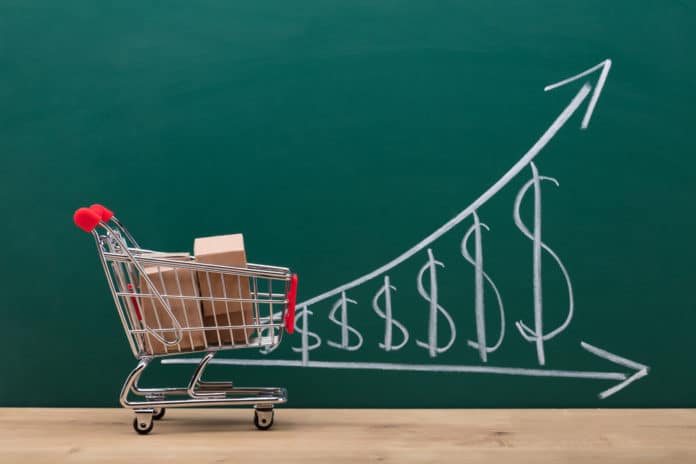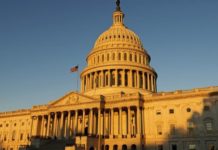
Inflation is now, incontestably, the leading issue for the electorate, and voters are giving the Biden administration low marks for handling it. This is a political crisis for Democrats, who are battling to retain their House and Senate majorities in highly unfavorable circumstances.
It is also a challenge for establishment economists—in academia, the administration and the Federal Reserve—most of whom misjudged the issue until the reality of high, rising and persistent inflation became too obvious to deny.
On one level, this challenge occurs within the conventional paradigm, with economists such as Paul Krugman on one side of the debate and Larry Summers and Jason Furman on the other. Mr. Krugman has abandoned his earlier optimism that inflation would be transitory and now believes that “rising prices will get worse before they get better. . . . There’s still a lot of inflation in the pipeline.”
In important respects, however, Mr. Krugman remains optimistic. He believes that policy makers can bring inflation under control while inflicting much less pain on the economy than Fed Chairman Paul Volcker did in the late 1970s and early 1980s. Why? The current inflation is much less entrenched than the inflation of four decades ago. Fewer workers have automatic cost-of-living adjustment clauses in their contracts, and long-term inflationary expectations are much lower. While Mr. Krugman doesn’t go so far as to say that the Fed can lower inflation to acceptable levels without increasing unemployment, he is confident that the increase will be modest and that a “full-on recession” can be avoided.
Mr. Summers, who can credibly claim to have been right from the start, is much more pessimistic. He writes that the Fed’s current policy “is likely to lead to stagflation, with . . . unemployment and inflation both averaging over 5 percent over the next few years—and ultimately to a major recession.”
In a fascinating interview with the New York Times’s Ezra Klein, he spells out the analytical basis for his dour view. The Fed, he says, is predicting that “the unemployment rate is going to fall to 3½ percent, remain at 3½ percent for three years, and that while that’s happening inflation is going to fall from its current north of 6% level to the neighborhood of 2%. And nothing like that has ever happened in the last, roughly, 60 years.” This prediction is inconsistent not only with economic history but also with current market-based expectations for inflation and unemployment, he adds. “It is hard to see the forecast as anything other than—to use an old political term—rosy scenario economics.”
Many conservative-leaning economists, such as Berenberg Capital Markets’ Mickey D. Levy, agree with Mr. Summers that inflation can’t be tamed unless interest rates rise above the inflation rate and stay there until the pace of inflation slows substantially. There is no reason to believe that interest rates at that level could be sustained without a dramatic economic slowdown.
Veteran British finance official Charles Goodhart believes that this debate is missing a larger reality. As the pandemic raged in the spring of 2020, he predicted that inflation would rise to between 5% and 10% in 2021—and then remain higher than in recent decades. “The coronavirus pandemic will mark the dividing line between the deflationary forces of the last 30 to 40 years and the resurgent inflation of the next two decades,” he said in an interview with the Journal. He cites a momentous demographic shift from the labor surplus of the past generation to the labor shortage we will face as populations age and the population share of working-age people declines in the West and in China. Workers will push for and receive higher wages, which will drive up prices.
At the same time, rising political risks will halt and reverse globalization, as extended supply chains give way to more local production. “Just in case” inventory strategies will replace the “just in time” operating procedure of the past generation. The single-minded focus on efficiency will be balanced by a new emphasis on resilience in the face of disruption. All else being equal, prudent business decisions made in response to heightened risk and uncertainty will raise the costs of production.
If Mr. Goodhart is roughly right about the changes we face, fiscal and monetary policy will face new challenges and constraints. Running a hot economy with high growth and low unemployment will be more likely to yield uncomfortable levels of inflation, and price stability will require higher interest rates than Americans enjoyed in recent decades. This will put pressure on private investment, the cost of financing public debt and the unemployment rate. Unless there is a surge in productivity, long-term growth in output and wages will slow.
It is too early to know whether we have arrived at Mr. Goodhart’s new era, but the trends on which he focuses are already visible enough to warrant a substantial measure of caution for the elected and appointed officials who shape our fiscal and monetary future.






